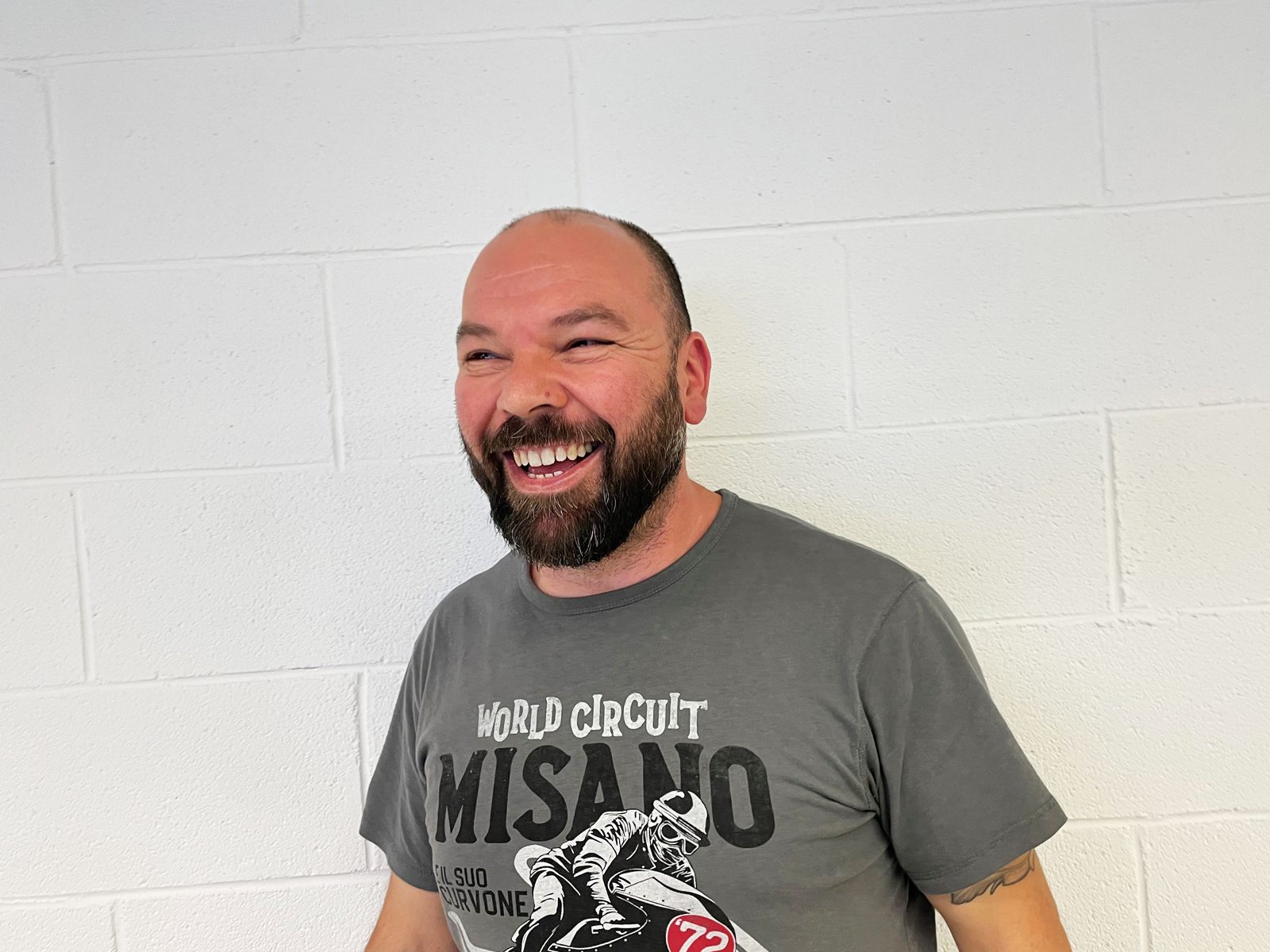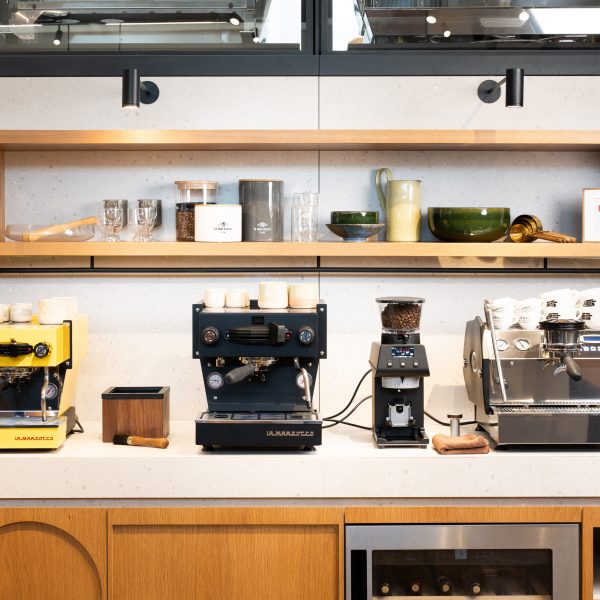Blog
I joined La Marzocco in 1990, so the change I see is enormous. The environment in Scarperia is completely different from how it was in Pian di San Bartolo. But compared to today, we used to produce a much smaller number of machines; there were ten of us in the workshop, and our work was much more artisanal. It was a different world. Today, it wouldn’t be possible to meet the demands of the current market by working the way we did 30 years ago.
When I joined, the older workers managed the workflow: they told me what to do, and I did it. We started as apprentices and then we grew. The older, more experienced workers wanted to pass on their knowledge; they wanted to teach you how to work, help you understand the machinery, and how to do this or that. It was much more complex, but it made sense because if you manufacture the components internally, it’s important to know how they should function, to better understand how they should be made. When I joined La Marzocco, many things were done in-house. Apart from the frames and the aesthetic part, which they had started outsourcing, all the internal parts, like boilers, plumbing pipes, and many mechanical works, were all done by hand. And over the years, some processes that require a lot of knowledge were first outsourced and then brought back in-house.
When I started, I knew nothing about electricity. My job, especially at the beginning, was just to do the wiring. I would cut the wires and attach the connectors, and then there was Franco, the one who taught us, who would assemble them. Then, if someone was absent one day, you would do that person’s job, so gradually, you would learn other things, too. Initially, I was directed toward electricity. I remember we did everything ourselves; we even started from white electrical wire and colored it. Since I joined, I’ve almost always been involved in electrical systems.
Today, I’m part of the experimental team, and I could say I’m the electrician for La Marzocco. I haven’t studied, but I’ve been trained over time through experience and practice. It takes years of work to reach certain levels and become a certain way.
Today, we work differently: the wiring comes ready-made, it’s mounted on the machine, tested, and then sent out. It’s about assembling. If a part doesn’t work, it’s discarded because we have a quality control department so that suppliers send as precise parts as possible. Whereas, I remember we always had a file at hand in the workshop; if a piece didn’t fit, we would adjust it to make it fit as best as we could. I remember we used to sandpaper all the edges so they would be rounded so that you could touch the machine anywhere without cutting yourself. It was a different method, there was the thought of who would be servicing that machine.
Each worker was responsible for what they did. Certainly, the older workers mattered a lot because they had a wealth of knowledge gained from experience. The most experienced people oversaw the departments. Piero was always attentive, and he was the supervisor of everything, but he had full trust in the people who worked.
Piero managed everything, but each person had their own organizational freedom, and there was trust from those who managed you. I consider myself lucky because since we moved to Scarperia, we historical workers, being more experienced, were divided between the production and experimental departments. So, I was taken out of production and entered the experimental team, which supports the Research and Development department for prototyping and new products. I follow all the new projects. I don’t have a standard schedule to follow. In a sense, I feel like I’ve taken a step back towards the atmosphere of Pian di San Bartolo.
There are engineers who design and oversee everything, but our opinions are still listened to. When I said I would like to learn to draw on the computer, what I asked for was given to me. Perhaps it’s a deserved consideration or maybe I got lucky, but either way, I’m very grateful. In my department, you design, create, and see things come to life. I can take the initiative to do things as I want.
Piero was an inventor and had a deep love for everything he did throughout his life. Of course, like everyone, he surely had negative sides too, but when I think about it, he took me as a young boy, taught me a job, and kept me on the team. And in the years I was with him, I can only say it was good. We were a family. He was always fair to us and to the company. In the tough times, he kept the company open out of love for the company but also out of respect for the workers. He was a person with a sense of responsibility, duty, and recognition towards those who worked for him.
In the early days in Pian di San Bartolo, we would prank each other during breaks. We would put grease on the tools. We teased each other from morning to evening. Of course, when there was work to do, we worked, but it was a nice release; we felt like friends at the bar. You wouldn’t believe how many glasses were broken playing soccer during lunch break. We played soccer matches where the parking lot is now. We were kids, so we came up with all sorts of things during break times. It was a group, we were close-knit.
The beginning of the change was when the Americans, who were initially clients, acquired La Marzocco. Already with the CEO Ron Cook, the situation changed in terms of image, sales, and production. When I joined, the only advertising that was done was to be present at the Milan trade fair, which brought orders from customers until the following year. Piero went to Milan, year after year, and that was it. The American partners had a different business in mind; they set up the factory with the idea of growing. The first engineers arrived, first Americans, I remember Bill, Jacob, and then Roberto Bianchi. There was significant growth and a total change in work methodology. We used to make four hundred machines a year, and even making six hundred seemed like a huge growth.
Everything was very basic. When I joined, there was no heating; we had a small gas heater to keep under the bench. And there was no forklift, so when we had to load the machines to be shipped, we moved them all by hand. When they came to deliver things, the trucks had to stop on the road, and we had to get off. And it ended up always calling upon the young ones.
With growth came forklifts, pallet trucks, heating… all things that maybe other companies already had, but at La Marzocco, there was more of a workshop mentality than a factory one. That’s what I remember from those times; we were kids. They trained us well… and then one never stops learning because if I think about where I was and where I am now, there’s an ocean in between.




